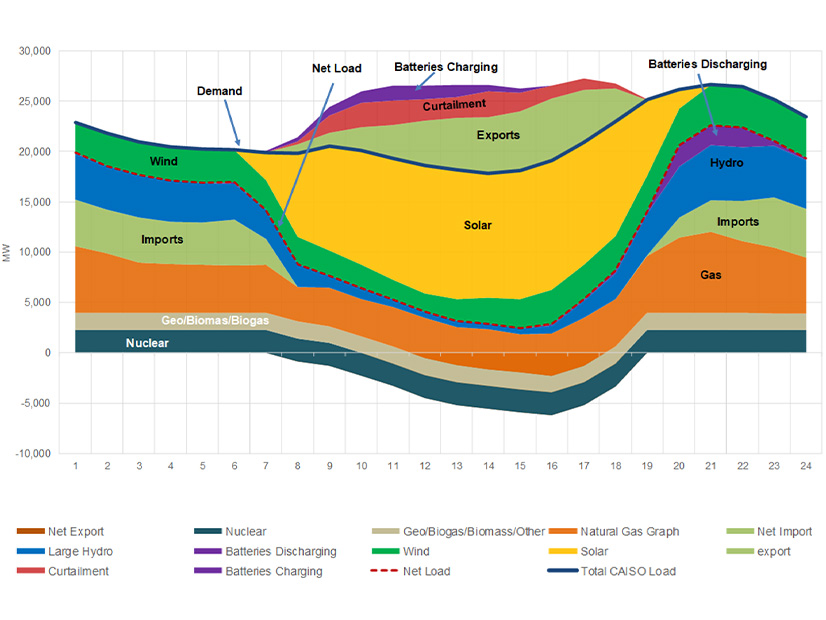
A report released last week by NERC and the National Academy of Engineering (NAE) said the industry’s “traditional resource adequacy models … do not adequately account for the essential role that electricity plays in modern society” and recommended multiple ways the ERO can improve its approach to resource adequacy.
“Evolving Planning Criteria for a Sustainable Power Grid” arose from a workshop sponsored by NERC and NAE’s Section 6, the part of the academy covering electric power and energy systems. Workshop participants focused on the criteria for planning resource and transmission adequacy on the grid.
The report also is intended as a complement to the academy’s “Creating a Sustainable Electric Infrastructure While Maintaining the Reliability and Resiliency of the Grid” report, which resulted from an earlier workshop hosted by Section 6 in October 2022.
“There is little doubt that our dependence on electricity as the engine of our economy is increasing at a rapid pace,” NERC Chief Engineer Mark Lauby, co-chair of the workshop, said in a statement. “As the grid transforms, it is imperative that traditional planning criteria evolve to reflect a new reality in which energy adequacy becomes a critical complementary consideration of resource adequacy when addressing overall system reliability.”
According to the new report, participants in the March workshop concluded that traditional resource adequacy models and approaches do not account for “the growing risk, over all hours, arising from increased variability and uncertainty caused by the evolving resource mix and increasing demand levels.” These models are based around a loss-of-load expectation (LOLE) of one day in 10 years, with a focus on satisfying load during peak hour conditions.
However, participants noted this strategy has become less effective in recent years as the contribution of intermittent generation resources like solar and wind has grown. The presence of battery energy storage systems (BESS), which act as load at some times and as generation at others, also complicates the thinking around resource adequacy.
A chart shared in the workshop illustrated the “complex interplay between solar and energy storage,” depicting the load and generation in CAISO for June 25, 2023. It showed solar generation rising from comprising 0 MW of the generation mix in the early morning hours to accounting for 88%, along with wind, at one point in the afternoon. Meanwhile, BESS facilities in the state absorbed the solar and wind generation during the points of highest output, then switched to output in the evening when solar resources dropped off.
The report mentioned initiatives by grid stakeholders to move beyond LOLE, such as the Regional Energy Shortfall Threshold under development by ISO-NE. It also noted that other measurements are used in different parts of the world; for instance, grid operators in several European countries use the loss of load hours (LOLH) metric, and the Australian National Energy Market uses expected unserved energy to measure potential loss.
Rather than endorsing a specific metric, the report recommended NERC adopt a “multi-metric approach supplementing LOLE with EUE and LOLH” to allow more flexibility in forecasting. Other recommendations include “continuing the evolution of the resource adequacy criterion, collecting quality data, building composite plans across the interconnections, tracking demand increases resulting from electrification, improving coordination of transmission with distribution and improving benchmarking metrics to enhance the energy adequacy assessment process.”
The report also suggested NERC change its approach to the annual 10-year Long-Term Reliability Assessment to incorporate advanced energy metrics that can reflect energy frequency, event duration and event magnitude risks. It noted NERC “will need to educate federal, state and local regulators on the need to evolve planning modeling processes due to the changing grid,” and said the ERO should continue to work with industry groups to “move the needle toward a more reliable, resilient and secure” North American grid.


